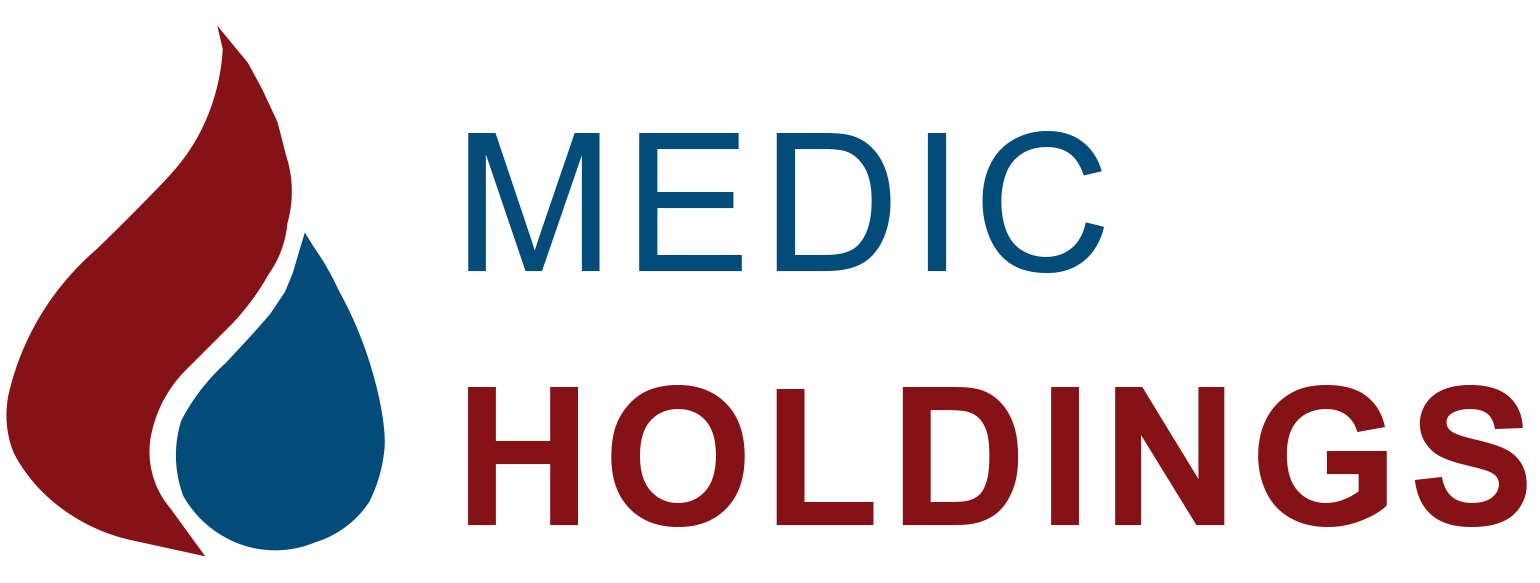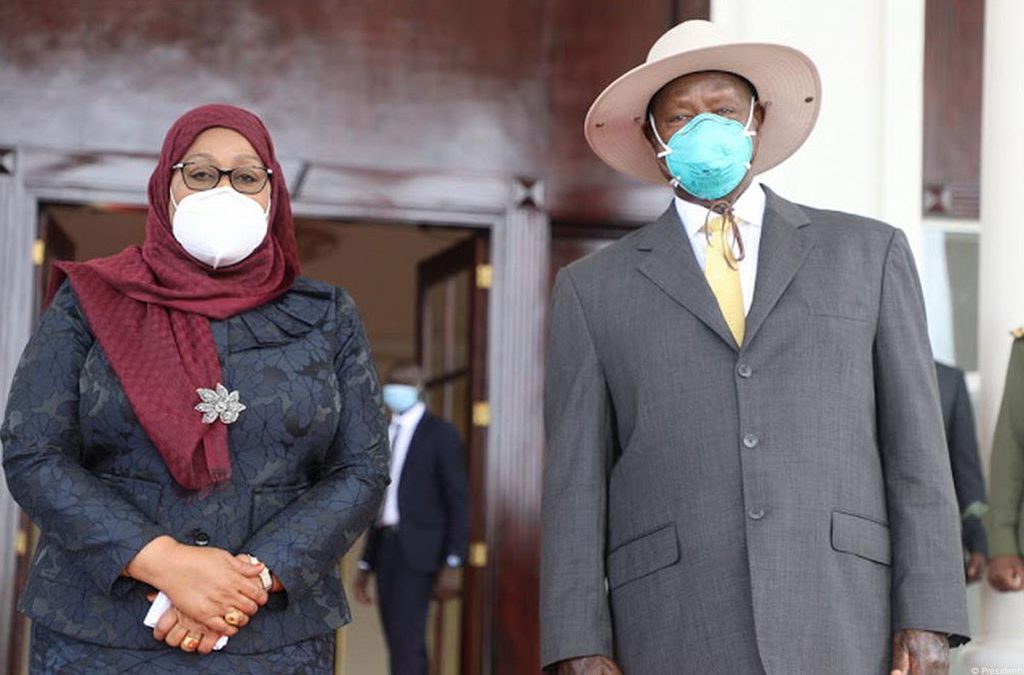In 2020, Tanzania signed a pivotal Host Government Agreement (HGA) with TotalEnergies (then Total S.A.) to solidify the legal and operational framework for the East African Crude Oil Pipeline (EACOP). This agreement marked a significant milestone in the development of one of Africa’s largest energy infrastructure projects, facilitating the transportation of crude oil from Uganda’s Lake Albert oilfields to the Tanzanian port of Tanga.
For companies like Medic Holdings Limited, a leading bulk petroleum marketing firm in East Africa, such developments present both opportunities and challenges in the evolving energy landscape. This article explores the EACOP project, the implications of the Tanzania-TotalEnergies HGA, and how regional players like Medic Holdings can strategically position themselves in this dynamic sector.
-
Understanding the EACOP Project
1.1 Overview of EACOP
The East African Crude Oil Pipeline (EACOP) is a 1,443 km heated pipeline that will transport crude oil from Uganda’s Tilenga and Kingfisher oilfields (developed by TotalEnergies and CNOOC) to the Tanzanian port of Tanga for export. Key features include:
- Capacity: 216,000 barrels per day (bpd) at peak.
- Investment: Estimated at $3.5–5 billion, making it one of the largest infrastructure projects in East Africa.
- Stakeholders:
- TotalEnergies (62%) – Lead developer.
- Uganda National Oil Company (UNOC) (15%)
- Tanzania Petroleum Development Corporation (TPDC) (15%)
- CNOOC (8%) – China National Offshore Oil Corporation.
1.2 Importance for East Africa’s Energy Sector
- Economic Growth: Expected to generate $1.7 billion in government revenues for Uganda and Tanzania over the project’s lifetime.
- Job Creation: Over 10,000 direct jobs during construction and 1,000+ permanent jobs in operations.
- Regional Integration: Strengthens Uganda-Tanzania trade relations and positions East Africa as an emerging oil hub.
For companies like Medic Holdings, which specializes in petroleum logistics and distribution, EACOP presents:
- New supply chain opportunities in fuel transportation and storage.
- Potential partnerships with oil majors like TotalEnergies in downstream distribution.
- Expanded market reach as regional oil trade grows.
-
The Tanzania-TotalEnergies Host Government Agreement (HGA)
2.1 What is a Host Government Agreement (HGA)?
An HGA is a legally binding contract between a host country (Tanzania) and an international oil company (TotalEnergies) that defines:
- Fiscal terms (taxes, royalties).
- Regulatory framework (permits, environmental compliance).
- Investor protections (dispute resolution, stability clauses).
2.2 Key Provisions of the Tanzania-TotalEnergies HGA (2020)
- Tax Stabilization Clause
- Ensures no sudden tax increases affecting project profitability.
- Provides investor confidence for long-term commitments.
- Land Acquisition & Compensation
- Tanzania committed to facilitating land access for pipeline construction.
- Compensation for affected communities as per Tanzanian law.
- Environmental & Social Safeguards
- Compliance with International Finance Corporation (IFC) standards.
- Medic Holdings’ HSSE policies align with these requirements, making it a potential service provider.
- Local Content & Employment
- Preference for Tanzanian contractors and workforce.
- Medic Holdings, with its Ugandan and regional expertise, could bid for logistics contracts.
- Dispute Resolution Mechanism
- Arbitration under International Chamber of Commerce (ICC) rules.
2.3 Why This Agreement Was Crucial
- Reduced Political Risk: Assured TotalEnergies of Tanzania’s commitment.
- Accelerated Project Timelines: Cleared bureaucratic hurdles.
- Attracted Further Investments: Boosted confidence for other oil & gas players.
-
Opportunities for Medic Holdings Limited
As a bulk petroleum distributor with strong logistics capabilities, Medic Holdings can leverage EACOP-related opportunities in:
3.1 Fuel Supply & Logistics
- Diesel Supply for Construction: Heavy machinery and pipeline operations require millions of liters of diesel.
- Transportation Contracts: Medic’s fleet management expertise positions it to bid for fuel trucking services.
3.2 Storage & Terminal Operations
- Strategic Fuel Reserves: Increased demand for storage facilities along the pipeline route.
- Partnerships with TPDC/UNOC: Potential joint ventures in fuel depots.
3.3 Compliance with HSSE Standards
- TotalEnergies requires strict HSSE adherence—an area where Medic Holdings already excels.
- Opportunity to offer safety training for local contractors.
3.4 Expansion into Tanzania
- With EACOP’s completion, Tanzania’s oil import/export market will grow.
- Medic Holdings can establish a Tanzanian subsidiary to tap into this demand.
-
Challenges & Risks
4.1 Environmental & Social Opposition
- NGOs and activists oppose EACOP over deforestation and displacement risks.
- Medic Holdings must ensure its operations meet ESG (Environmental, Social, Governance) standards to avoid reputational risks.
4.2 Regulatory Uncertainty
- Changing tax policies in Uganda/Tanzania could affect profitability.
- Solution: Engage in government stakeholder consultations.
4.3 Competition from Global Players
- Large firms like Vitol, Trafigura may dominate supply contracts.
- Solution: Form strategic alliances with local partners.
-
Conclusion: Strategic Positioning for Medic Holdings
The Tanzania-TotalEnergies HGA was a game-changer for EACOP, unlocking billions in investments. For Medic Holdings, this means:
- New revenue streamsin fuel logistics and storage.
- Strategic partnershipswith oil majors and governments.
- Regional expansion potentialinto Tanzania.
However, success depends on:
✔ Maintaining HSSE excellence to meet international standards.
✔ Navigating regulatory landscapes in Uganda and Tanzania.
✔ Adopting sustainable practices to mitigate environmental concerns.
By aligning with EACOP’s growth, Medic Holdings can solidify its position as East Africa’s leading petroleum logistics provider.
Final Thoughts
The EACOP project is transforming East Africa’s energy sector, and companies like Medic Holdings must act now to capitalize on emerging opportunities. With strong logistics networks, HSSE compliance, and regional expertise, the company is well-placed to thrive in this new era of oil and gas development.
-
In-Depth Market Analysis: Post-EACOP East African Petroleum Sector
6.1 Projected Changes in Regional Fuel Demand
The EACOP project will significantly alter petroleum product demand patterns across East Africa:
- Construction Phase (2024-2025):
- Estimated 45 million liters/month diesel requirement for heavy equipment
- Aviation fuel demand surge for personnel transport
- Medic Holdings’ opportunity: Temporary fuel storage solutions along pipeline route
- Operational Phase (2026+):
- Increased refinery demand in Uganda (60,000 bpd planned)
- Higher bunker fuel demand at Tanga port
- Potential 18% growth in regional LPG consumption
6.2 Competitive Landscape Shifts
Table: Major Players Positioning for EACOP Opportunities
| Company | Core Strength | Potential EACOP Role | Threat Level to Medic |
| TotalEnergies | Upstream operations | Pipeline owner/operator | High (direct competition) |
| Vivo Energy | Retail network | Fuel supply contracts | Medium |
| Stabex International | Storage terminals | Logistics provider | High |
| Lake Oil | Regional distribution | Local content partner | Medium |
Strategic Insight: Medic Holdings should pursue joint ventures with international players needing local distribution expertise.
-
Financial Implications and Investment Opportunities
7.1 Capital Expenditure Requirements
To fully capitalize on EACOP-related opportunities, Medic Holdings should consider:
- Fleet Expansion
- 50 new fuel tankers ($12.5 million investment)
- GPS tracking systems ($350,000)
- Storage Infrastructure
- 20 million liter capacity expansion ($8-10 million)
- ISO container investments for modular solutions
- Technology Upgrades
- Automated inventory systems ($500,000)
- HSSE monitoring platforms ($200,000)
7.2 Projected ROI Timelines
- Short-term (0-2 years): 15-18% margin on construction fuel supply
- Medium-term (3-5 years): 22-25% margin on operational fuel contracts
- Long-term (5+ years): 30%+ margin on specialty products (lubricants, LPG)
-
Risk Mitigation Framework
8.1 Comprehensive Risk Assessment Matrix
| Risk Category | Probability | Impact | Mitigation Strategy |
| Regulatory changes | High | High | Lobbying through PEOPIA |
| Environmental lawsuits | Medium | Extreme | ESG compliance certification |
| Currency fluctuations | High | Medium | Forex hedging instruments |
| Security threats | Low | High | Private security contracts |
8.2 Business Continuity Planning
- Diversified supply routes (alternative to pipeline-dependent models)
- Strategic fuel reserves (90-day buffer inventory)
- Alternative energy investments (solar hybrid systems for operations)
-
Strategic Roadmap for Medic Holdings (2024-2030)
Phase 1: Preparation (2024)
- Secure $25 million financing package
- Recruit technical advisors with EACOP experience
- Pre-qualify for Ugandan/Tanzanian supplier databases
Phase 2: Market Capture (2025-2027)
- Bid for 30% of construction fuel contracts
- Establish Tanga operations base
- Develop 5 new client partnerships
Phase 3: Expansion (2028-2030)
- Acquire smaller regional competitors
- IPO for capital expansion
- Vertical integration into lubricant blending
-
Policy Recommendations for Government Engagement
Medic Holdings should advocate for:
- Harmonized petroleum standards across EACOP countries
- Local content policy enhancements favoring East African firms
- Tax incentives for HSSE-compliant operators
- Cross-border trade facilitation measures
-
Technological Adaptation Strategy
11.1 Digital Transformation Priorities
- AI-powered demand forecasting
- Blockchain for supply chain transparency
- IoT-enabled fleet monitoring
- Drone-based pipeline inspection services
11.2 Workforce Upskilling Program
- $1.2 million investment in:
- Digital literacy programs
- Advanced HSSE certification
- Multilingual customer service training
-
Environmental Leadership Opportunities
12.1 Carbon Offset Initiatives
- Fleet electrification (20% by 2030)
- Solar-powered storage facilities
- Mangrove restoration partnerships in Tanga
12.2 Circular Economy Models
- Used oil recycling program
- Plastic waste-to-fuel pilot project
- Water reclamation systems
-
Conclusion: Seizing the EACOP Advantage
The Tanzania-TotalEnergies HGA has unlocked unprecedented opportunities in East Africa’s energy sector. For Medic Holdings Limited, strategic positioning requires:
- Aggressive but calculated expansion into Tanzania
- Differentiation through HSSE excellence
- Strategic partnerships across the value chain
- Technology-led operational transformation
The window for market leadership is open for the next 24-36 months. Companies that move decisively now will dominate East Africa’s petroleum landscape for decades. Medic Holdings’ existing infrastructure and regional expertise provide the perfect foundation for this transformation, provided it makes the necessary investments and strategic alliances.
Final Recommendation: Establish an EACOP Task Force within Medic Holdings to coordinate all related opportunities, reporting directly to the Managing Director with quarterly progress reviews.

